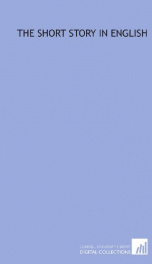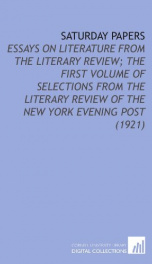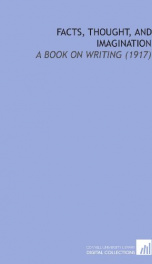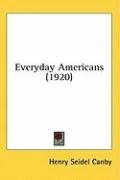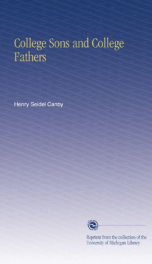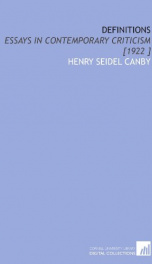a study of the short story
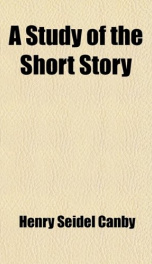
Purchase of this book includes free trial access to www.million-books.com where you can read more than a million books for free. Excerpt from book: Section 3But in form these stories seem to have been a true development of the Italian textit{novella. They preserve its unified plotsometimes specific plots; its use of historic background; and its assertion of reality. They are more elaborate in incident; indeed, they are no more short stories in any strict interpretation of the term. textit{Oroonoko, for example, is neither a novel in its scope, nor a short story in its subject. It is such a tale as Bandello or Boccaccio would have told with the brevity and compression of the short story, such a tale as the French, perhaps, would call a textit{nouvelle. The history of this " novel" of the seventeenth century; the part played by it in conveying French ideals of gallantry to England; its approach to a masterpiece in Mrs. Behn's story of a negro prince enslaved in the new world of South America; its unworthy career in the hands of profligate women in early eighteenth-century England, who wrote with the indecency, but without the wit, of the contemporary drama; most of all its gift to the true novel of Richardson and Fielding of the idea of a unified plot: all this deserves more space than can here be given. For our purpose, it is sufficient to note that with the passing in the mid-eighteenth century of this fashion of writing came the end of the Renaissance short story. IV THE SHORT STORY OF THE EIGHTEENTH CENTURY Long before the brief " novel " of intrigue had ceased to be popular, a new kind of short narrative had sprung up in England, and this new variety was a true short story. In its fundamental characteristic it was not new; it wasbut a reappearance of the textit{exemplum, and usually of the apologue appearing as an textit{exemplum. But in art, and in its plot and characters, it differed from all English story types before or since. The contrib...
Info about the book
Author:
Series:
Unknown
ASIN:
B0085FLWJ0
Rating:
3/5 (4)Your rating:
0/5
Languge:
English
Users who have this book
Users who want this book
What readers are saying
What do you think? Write your own comment on this book!
write a commentif you like a study of the short story try:
Do you want to exchange books? It’s EASY!
Get registered and find other users who want to give their favourite books to good hands!
